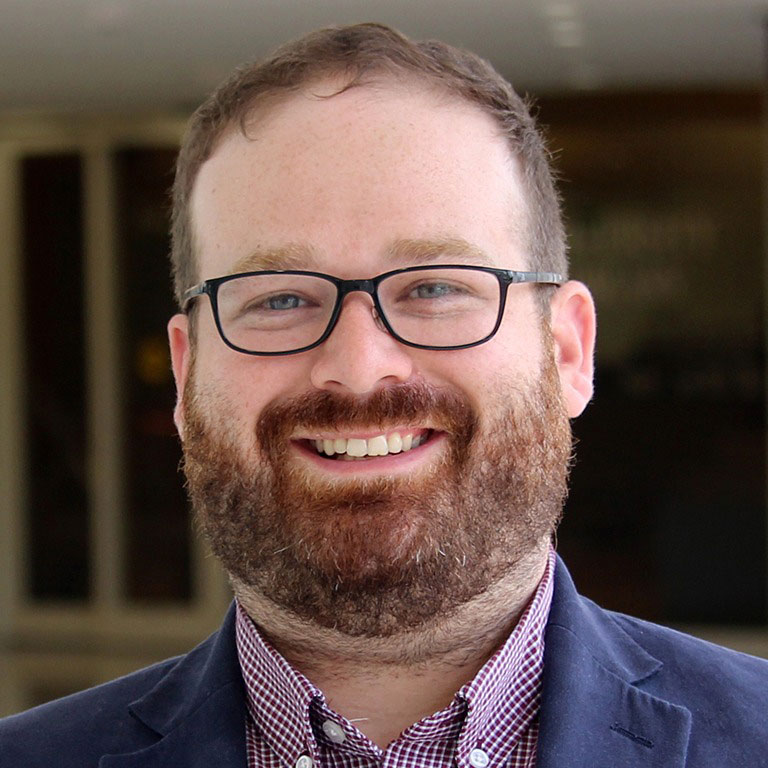April 21, 2019
As COVID-19 began spreading across the United States, governors found themselves needing to react – and fast. IUPUI’s Peter Federman and Cali Curley have examined the executive orders issued and future ramifications of those decisions.
Federman, an assistant professors in the Paul H. O’Neill School of Public and Environmental Affairs, and Curley, a former professor at the school now at University of Miami, have looked at executive orders issued from all 50 states, coding each one to gain a better understanding of which orders worked and which ones did not make an impact.
“We want to know what orders are coming from the top level, when they were put into place, what they do and don’t do, how they delegate power, and how they differ from state to state," Federman said. "We are building a very robust data set with 50 to 60 codes per order that will help us understand the overall progression of how the country and each state has adapted using these executive orders.”
The data reveals many interesting differences among states, beyond obvious aspects like region and size. States can use the knowledge to learn from each other and be better prepared for future outbreaks.
“This can inform the pandemic playbook by building a sense of what executive orders work so we can refine the toolkit in the future,” Curley said. “We can learn lessons from these mandates about how we communicate to the public and what language works in encouraging compliance.”
Federman and Curley plan to create a public portal that displays their findings in an easily accessible way. While other dashboards are tracking similar information, none do so to the same extent, using Federman and Curley’s extremely narrow focus. By examining states’ approaches and mandates and comparing those actions to the per capita COVID-19 cases in the state, the researchers can help identify important commonalities, actions all states are taking, finding out what worked and ruling out what did not from future planning.
The response to COVID-19 has been unprecedented, with many states issuing executive orders unlike ever before. As states start to reopen, Federman and Curley will be monitoring to see what happens as a result.
“A lot of significant, drastic changes are being made as part of these orders, such as suspensions of administrative rules and deadlines that have never been suspended before, and some states may not be anxious to roll these back quickly,” Federman said. “It’s good for the public to see how the governance of their state has changed very significantly in such a short period of time, so that in two or three months, when we are hopefully moving out of this, they can see what has changed in their state.”
Federman and Curley hope their portal will help individuals hold their government accountable by offering a look at what restrictions were rolled back and how their governance changed during and after the pandemic.
Beyond examining executive orders issued by the states, Federman and Curley are also looking into the impact of orders issued in counties with 10 or more confirmed COVID-19 cases. Many of these orders have to do with social distancing, which often come in the form of a recommendation with little to no enforcement attached.
“We are thinking about these social distancing orders in terms of voluntary compliance, the idea that individuals are given a choice to make a behavioral change, and people are being asked to comply without enforcement mechanisms in place,” Curley said. “If the benefits are not clear enough, people may not decide to comply, but we know from other countries and our early outbreak states, that enforcement may be necessary to ensure compliance.”
The researchers observed that some executive orders have begun including enforcement mechanisms, such as fines or jail time. Their research will determine whether more restrictive policies did, in fact, lead to increased social distancing – knowledge that cities can use to prepare for future public heath crises.
“As we’re learning, others can too, including people in positions to make decisions that impact the health and safety of people in their cities,” Federman said.




